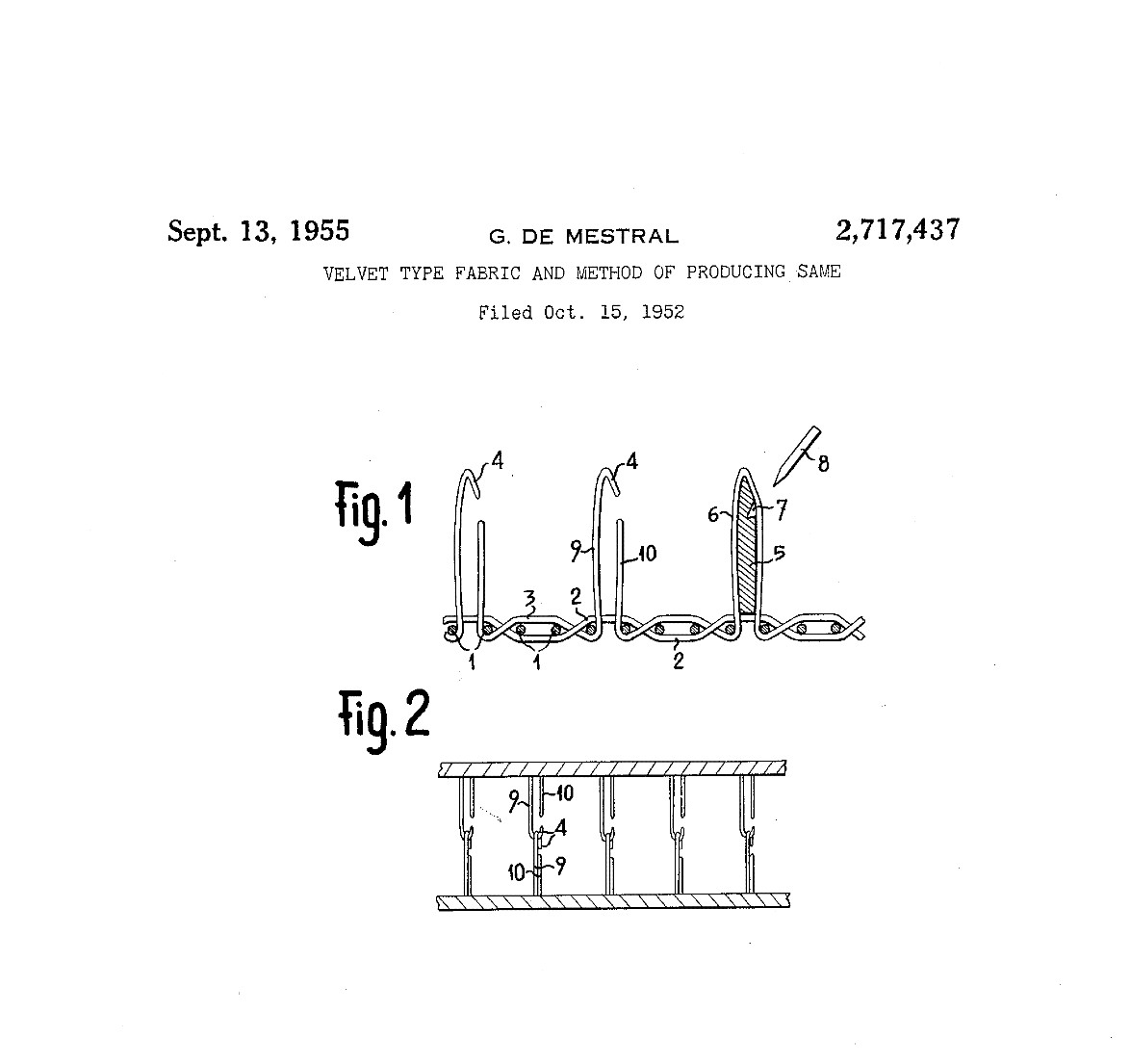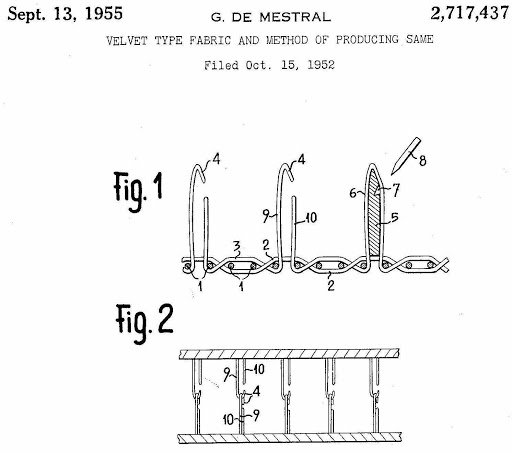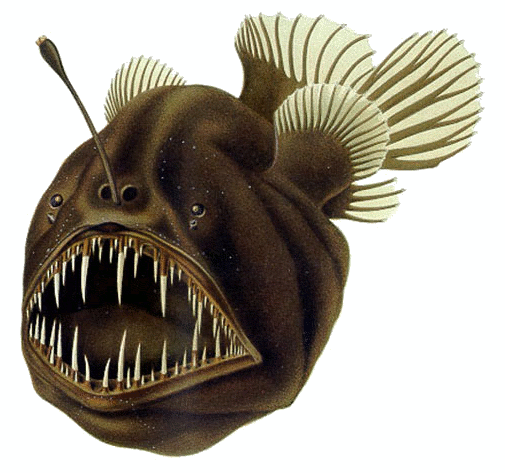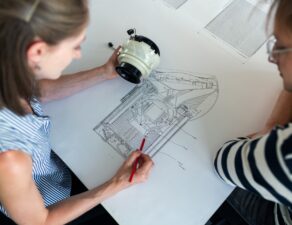
If you are a visionary you have lots of great ideas and you love to solve problems. Often a visionary will come up with a solution to a problem that they have observed or studied at an unexpected time or place.
Many great inventions were not discovered in a lab. Often regular activities that reduce stress prepare our minds to solve problems. Here are some famous examples of visionaries and what they were doing when they made discoveries that impact our world many years later.
Archimedes, a famous ancient Greek mathematician, was stepping into a bath (I take liberty to assume this was relaxing) when he discovered how to determine if the king’s crown was made of pure gold and found a solution that is still used today.
Isaac Newton, in 1666, was spending time in a garden when he saw an apple fall from a tree and discovered the principle of universal gravitation. Many inventions would not be possible without an understanding of universal gravitation.
George de Mestral, a Swiss engineer returned with his dog from a routine hike in the woods in 1941 and found lots of burrs stuck in his dog’s fur. He studied the burrs under a microscope to find that the burrs had tiny hooks that grabbed onto tiny loops in fur, clothing and other material. It took years of experimentation to get it right and now his hook-and-loop fastener is best known as the Velcro(R) brand fastener. (Yes, Velcro is a registered trademark, and the generic term is hook-and-loop fastener). The Swiss engineer’s walk in nature resulted in U.S. Patent 2,717,437 and thousands of different products using the fasteners.

Dr. Anthony Brennan, a U.S. material science professor was observing a submarine covered in algae return into a harbor in 2002 when he made the comparison to whales. Dr. Brennan inquired whether any slow-moving marine animals avoided fouling from algae. The answer was that only the shark avoids this problem. Dr. Brennan studied the shark’s skin to discover the secret to shark skin and has developed medical devices and films that reduce bacteria growth on surfaces.
Frank Stephenson, design director of McLaren Automotive learned about the speed of a sailfish while de-stressing on vacation in the Caribbean. Frank saw a stuffed sailfish and learned that the person who caught the fish was proud because of the amazing speed of the sailfish. On his way home Frank purchased a sailfish and had it stuffed so his team could study it to make a car with increased power and efficiency.
Not every vacation or stroll in nature results in a groundbreaking discovery, but reducing stress will increase creativity and problem solving. It is not the discovery that is planned but the relaxation and de-stressing. One of the best places to de-stress is in nature. You might not need to go far to get into nature, even if it is a backyard garden or a park. When in nature open yourself and observe the world around you. Ask questions and be curious. Don’t try to solve any problems, just look for things in nature that amaze you.
As a child I was amazed by the deep-sea angler fish. I was amazed that it used a light on its body to lure prey in the deep ocean where there is little light. I was also amazed that it could hide the light in it’s mouth to sneak up on prey or avoid detection from its predators.

Share what amazes you in nature with those around you (for example post it on social media). Your amazement and sharing might lead to someone else discovering a solution from nature. It was the amazement of the fisherman in the Caribbean that inspired a car designer to look to nature to improve a car design.
In many of the above examples, the observations in nature help inventors, engineers and scientists to learn from nature by mimicking nature, a technique called biomimicry. It may take years of experiments to get man made materials to work even half as well as nature’s solutions, but the effort is worth it when it impacts the lives of millions for the better.
My challenge to visionaries:
- Spend time in nature and reply with what amazes.
- Share what you were doing the last time you had a great idea.
What do you do when you make a discovery?
Schedule an Appointment to develop a strategy for making the most out of your discoveries.
We will guide you through the process to determine whether an idea is ready to file a patent application, or whether other intellectual property protection is appropriate.
Source Notes:
http://www.math.wichita.edu/history/Men/archimedes.html
https://www.velcro.com/about-us/our-brand/
https://www.bbc.com/future/article/20140828-how-a-fish-inspired-a-supercar
https://commons.wikimedia.org/wiki/File:Humpback_anglerfish.png




